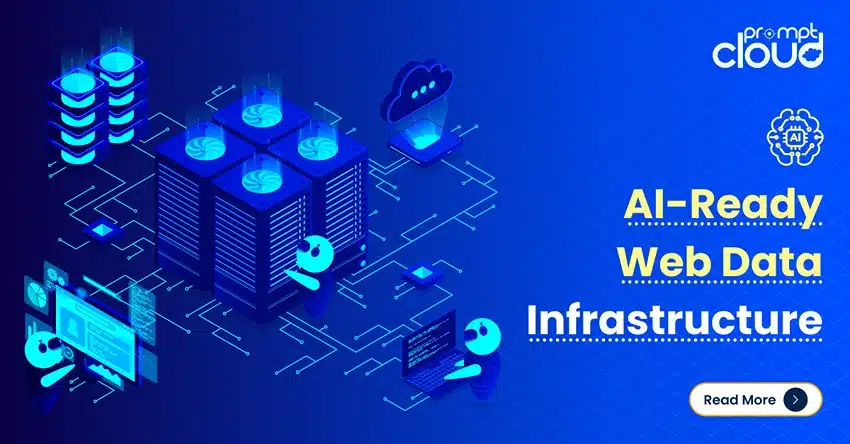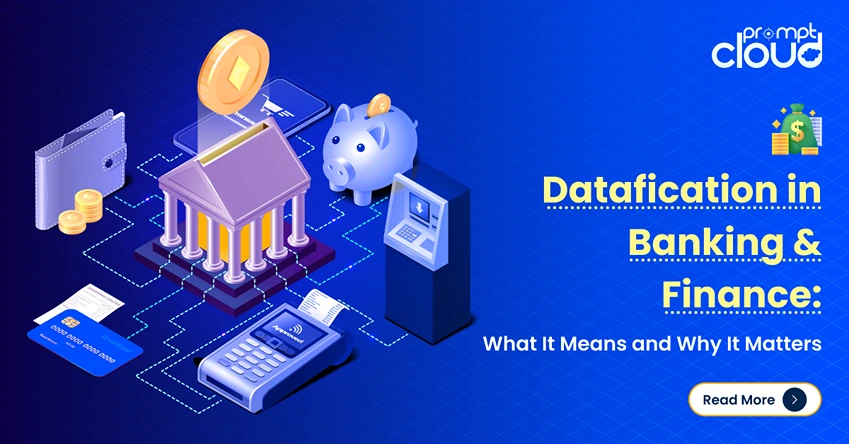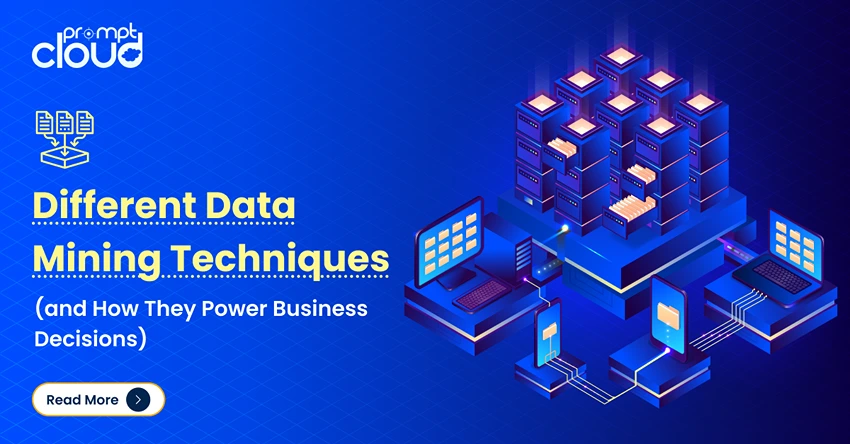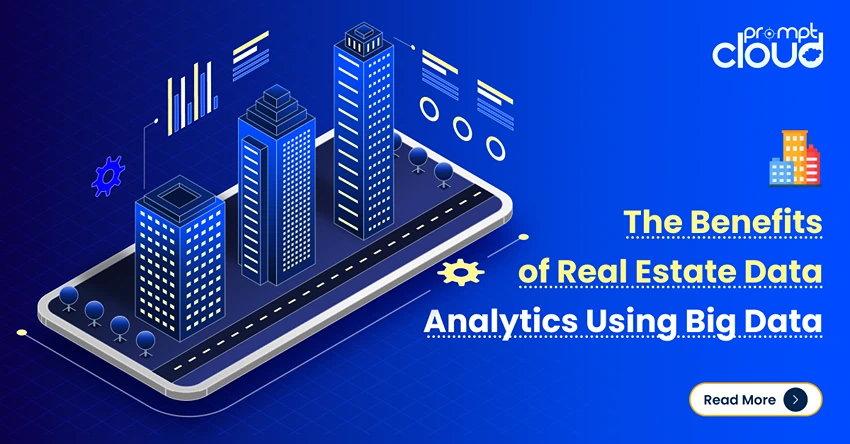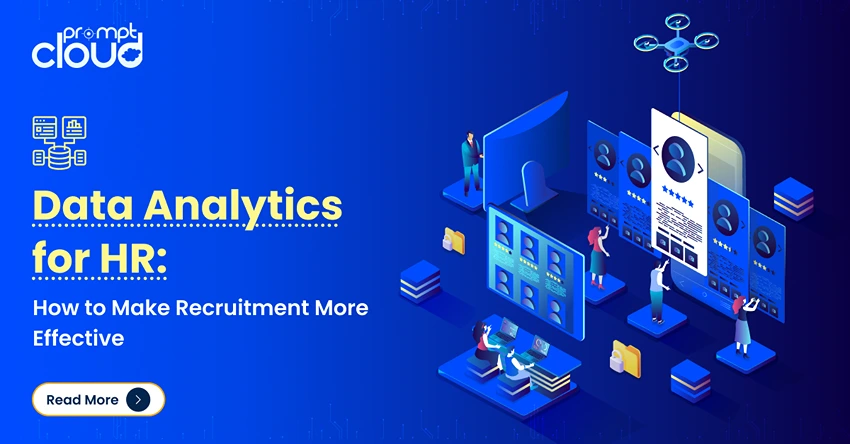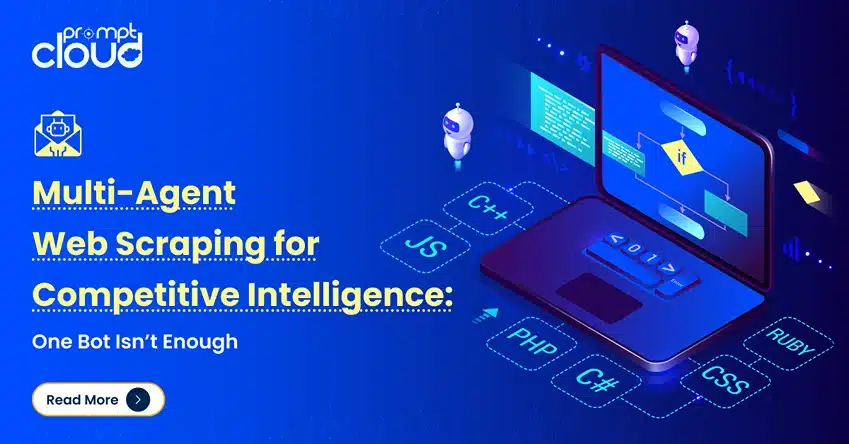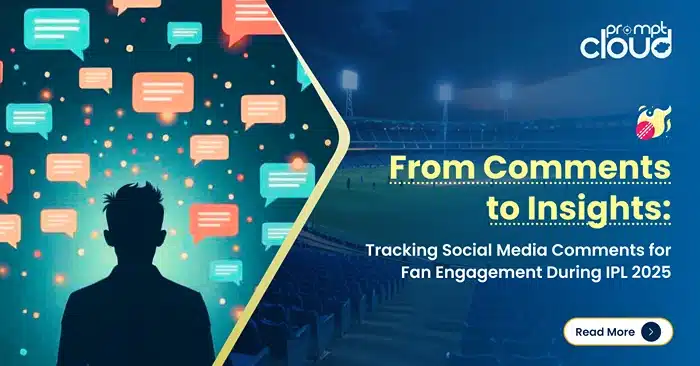
Cricket in India has always been loud. But with the IPL, that noise has gone digital and it’s constant, real-time, and global. Fans aren’t just watching matches anymore. They’re live-tweeting every over, debating every decision in comment threads, and flooding Instagram with reactions before the next ball is bowled.
This isn’t background chatter. It’s a massive, living stream of opinion, emotion, and energy, and for marketing teams and sports strategists, it’s a goldmine hiding in plain sight.
Think about it: every six that soars into the crowd sparks hundreds of social media comments. A single dropped catch can trigger a wave of memes, frustration, or even support. These moments, and the reactions they spark, offer a direct line into how fans feel not just about the game, but about players, campaigns, and even the brands sponsoring them.
In a world where sports fan engagement is measured in seconds, not days, the ability to listen and respond to what fans are saying in real-time is no longer a nice-to-have. It’s a competitive edge.
So, how do IPL franchises, brands, and media teams actually tap into this digital buzz? How do you turn IPL data from comments into insight, and insight into meaningful action?
That’s exactly what we’re going to explore.
How to Track Social Media Comments in Real-Time During Live IPL 2025 Matches
If you’ve ever scrolled through Twitter during an IPL game, you know the real fun isn’t just in watching the match, it’s in watching the chaos unfold online. One no-ball call can send #Fixing trending in minutes. One Rinku Singh six can make your feed explode with pure disbelief. This isn’t background noise. It’s the heartbeat of the modern cricket fan.
So, how do teams, sponsors, and marketers keep up and actually make use of it? Here’s how real-time comment tracking during IPL 2025 can give you a front-row seat to what fans are thinking, feeling, and saying.
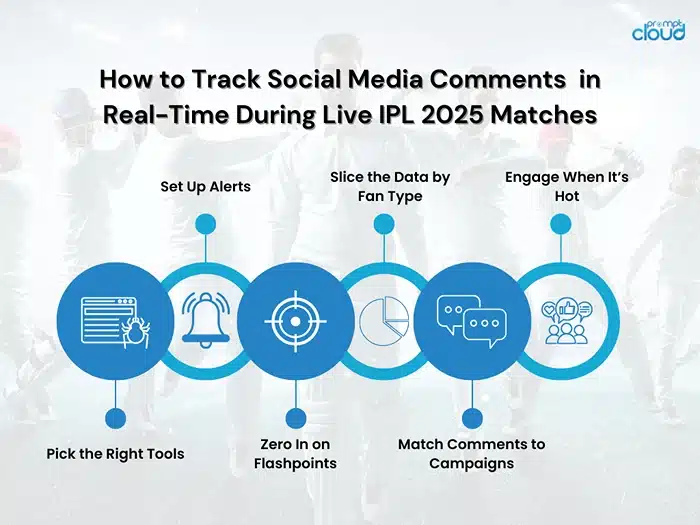
1. Pick the Right Tools (Because Ctrl+F on Twitter Isn’t Enough)
Manual tracking is a joke when Virat Kohli walks in to bat and Twitter blows up with 20,000 mentions in 3 minutes. That’s why you need serious tools: think Brandwatch, Sprinklr, or custom scraping solutions like PromptCloud if you want deep, tailored data. These platforms let you follow match hashtags, monitor team tags (like #MIvsRCB), and dive into comment sections across platforms.
You’re not just looking for volume, you want relevance. If fans are tagging your brand after a dropped catch, that matters more than a thousand generic mentions.
2. Set Up Alerts for the Moments That Matter
Imagine this: Hardik Pandya smashes three sixes in a row and suddenly #HardikStorm is trending. If your dashboard isn’t pinging you when that happens, you’re flying blind.
Setting up real-time alerts helps your team jump in when it counts. Maybe your campaign with Pandya is running mid-match. If fan sentiment is surging, that’s your cue to boost a related post or drop an exclusive behind-the-scenes clip.
On the flip side, if a new ad drops during the innings break and fans start calling it “cringe,” you want to know before it becomes a headline tomorrow.
3. Zero In on Flashpoints
Don’t treat the match like a flat timeline. It’s full of emotional spikes, wickets, milestones, reviews, even those last-over thrillers where 12 runs are needed off 3 balls.
Remember when MS Dhoni walked in during those crunch final overs, even with just a few balls left? Twitter didn’t just react, it erupted. Whether it’s the Gujarat Titans or the Mumbai Indians on the other side, Dhoni’s arrival still sends a ripple across fan feeds. Those are the moments where comment spikes tell you exactly what the crowd is feeling, even from behind a screen.
Moments like these generate disproportionate fan chatter. Your job is to catch them before they cool off.
4. Slice the Data by Fan Type
Fans from Mumbai are not the same as fans from Hyderabad. A RCB loyalist will never say what a KKR fan will (and honestly, that’s half the fun). Segment your data by geography, by team, by language, even by age group.
Let’s say you’re sponsoring the Delhi Capitals. You’d want to know what DC fans are saying after Prithvi Shaw scores a fast fifty, especially if they’re tying his performance to your brand activation. Tailoring content to that specific group makes your engagement feel personal, not corporate.
5. Match Comments to Campaigns and Players
This is where it gets strategic. If your campaign features Jasprit Bumrah and he’s having a dream spell, 3 wickets in 2 overs, you’ll likely see fans tagging him, your brand, and your hashtag all in one breath.
Now imagine being able to track that in real-time and respond. Maybe quote a fan tweet with your campaign tagline. Or better, get your social team to drop a mid-match video featuring Bumrah as the moment unfolds.
You’re not just riding the wave, you’re shaping it.
6. Engage When It’s Hot, Not After It’s Over
This part is simple: timing is everything. A fan praising your brand while watching the game? Thank them during the game. A meme is going viral mid-match featuring your product or ambassador? Jump in with a clever reply before someone else does.
When Rajasthan Royals started engaging with fan memes in real-time last season, their engagement rates shot up. Why? Because it felt less like marketing and more like a conversation. That’s what sports fan engagement should feel like.
Using Sentiment Analysis to Gauge Fan Reactions to Moments, Players, and Brand Campaigns
Every ball bowled in IPL 2025 comes with a reaction. Some fans are thrilled, some are furious, and a lot are somewhere in between, dropping emojis, sarcastic comments, or all-caps rants on Twitter and Instagram. But how do you turn that chaos into clarity?
That’s where sentiment analysis comes in.
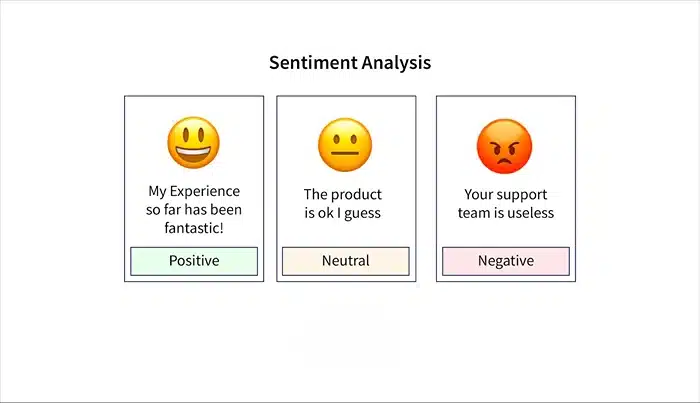
Image Source: applied ai course
In simple terms, sentiment analysis uses natural language processing to figure out whether fans are feeling positive, negative, or neutral about something. It takes thousands (or even millions) of social media comments and assigns emotional weight to them. And when you’re dealing with the scale of IPL, that kind of clarity is game-changing.
Let’s take a real-world-style example.
Say Rohit Sharma has just taken a brilliant catch in the deep during a tight Mumbai Indians vs. Sunrisers Hyderabad match. The play itself is only a few seconds long, but the ripple effect online is massive. People are praising the effort, sharing slow-motion replays, and tagging brands that happen to be sponsoring the moment.
With sentiment analysis in place, a brand manager working with the Mumbai Indians can track not just how often Rohit’s name is mentioned, but how he’s being talked about. Are fans expressing admiration? Surprise? Joy? If your campaign ties into values like “excellence under pressure,” you’ve just found the perfect organic moment to ride on.
On the flip side, let’s say your brand rolls out a new ad during the strategic timeout, and the comments are… less than kind. Some viewers find it boring. Others call it “another recycled script.” Sentiment analysis catches that trend early. Before your campaign budget runs through the roof, you have the chance to adjust the messaging, swap out creatives, or pivot to a different channel.
It’s not just about fan emotion toward players either. Sponsors use sentiment analysis to measure ROI on campaigns, not just in views, but in how fans feel about the brand after exposure. Because let’s be honest: thirty million impressions don’t mean much if half of them are people dragging your ad online.
For franchises, this data helps with player marketing, too. If fans are consistently reacting positively to someone like Rinku Singh or Tilak Varma, even if they’re not the star names, that’s your cue to give them more digital spotlight, build fan content around them, and maybe even push out merch featuring their stories.
The best part? You don’t need to wait until the season ends to get this insight. Real-time sentiment analysis means you can adjust your strategies mid-match, mid-campaign, or mid-moment.
In a tournament that moves as fast as the IPL, that agility is everything.
Brand Monitoring for Sponsors Looking to Measure Campaign Effectiveness
Sponsoring during IPL 2025 isn’t cheap, and it shouldn’t be vague either. Whether your brand is on a jersey, in a JioHotstar ad slot, or part of a custom campaign with a franchise, you need to know if you’re actually connecting with fans. That’s where brand monitoring comes in.
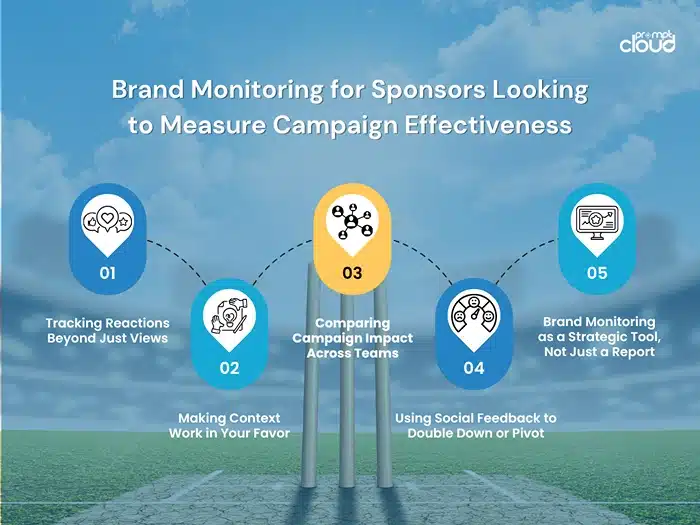
Tracking Reactions Beyond Just Views
A million views on your campaign? Great. But are fans loving it or roasting it? That’s the real question.
Say Dream11 launches an ad featuring Ruturaj Gaikwad and Rashid Khan during a timeout in a high-stakes MI vs GT game. With real-time brand monitoring, you can track exactly how fans are reacting online. Are they laughing, sharing it, quoting the best line, or calling it cringe?
Looking at social media comments and sentiment in real-time helps you cut through vanity metrics and focus on emotional impact, which is where real fan engagement lives.
Making Context Work in Your Favor
IPL is a momentum sport, even off the pitch. Your ad could perform differently depending on when and where it airs.
Imagine your brand logo appears on digital boundary boards during a dramatic last-over finish at Eden Gardens. Fans are hyped, they’re tweeting, and if your logo is tied to that moment, you’ve just become part of a highlight reel. Monitoring social chatter shows whether people noticed, remembered, or cared.
If the data shows fans are organically mentioning your brand during key plays or viral moments, that’s a win. If not, it might be time to rethink placement or timing.
Comparing Campaign Impact Across Teams
Not all fan bases are built the same. The way CSK fans engage with content is totally different from, say, RCB or LSG fans.
With proper brand monitoring tools, you can compare how your campaign performed across different matches and teams. Maybe your Gaikwad ad pops with CSK audiences but falls flat with SRH fans. That insight helps you localize, personalize, or even A/B test different creatives during the same tournament.
This kind of insight can’t be pulled from a media report—it comes directly from IPL data mined through live fan conversations.
Using Social Feedback to Double Down or Pivot
Let’s say your campaign with Shubman Gill is crushing it, fans are calling it fresh, funny, and perfectly timed. Great. Double down. Push more media, release behind-the-scenes clips, or engage directly with fans by quoting them.
On the other hand, if you’re running a campaign around a new sports drink and fans are either ignoring it or actively criticizing the tone, you don’t have to sit on that info until the tournament ends. Social media monitoring lets you pivot fast. Update the messaging, change the targeting, or shift focus to another player or platform.
Brand Monitoring as a Strategic Tool, Not Just a Report
The biggest shift? Brands are no longer waiting until post-season reports to measure campaign performance. With real-time brand monitoring and sentiment analysis, you get a live pulse on fan reactions and the chance to adjust while the world is still watching.
In a league where momentum changes with every over, being able to shift your brand strategy mid-match is not just smart. It’s necessary.
How Brands Can Personalize Fan Interaction Using Social Media Data
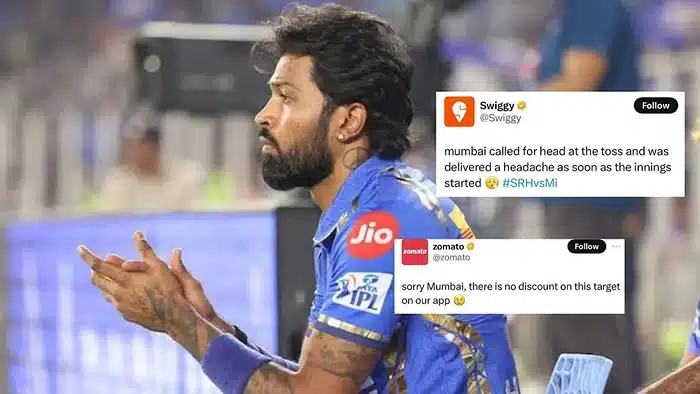
Image Source: medium
Some of the best performers during IPL season aren’t on the field, they’re behind brand Twitter and Instagram accounts, watching matches in real-time, and dropping posts that feel so in sync with fans, you’d swear they were one of them.
And the secret? They don’t guess what fans want to hear. They listen.
Let’s take Swiggy. A match gets delayed due to rain. Comment sections start filling up with “Swiggy, send an umbrella” or “Rain came faster than my groceries.” Swiggy’s social media team, tracking all this in real-time, jumps in with a reply that feels personal, quick, and perfectly timed: “Rain delivered in 10 minutes or less.” It’s not a genius strategy, it’s simply reacting in the moment because they’re actually paying attention.
Then there’s Zomato, the kings of “Did they just say that?” content. During a match where Virat Kohli walks in and immediately hits two boundaries, someone tweets, “Kohli doesn’t chase runs, runs chase him.” Zomato sees it trending, tweets it with: “This tweet has the same energy as butter chicken at 2 AM.” Fans go nuts. Why? Because it doesn’t sound like a brand. It sounds like a friend who also skipped dinner to watch the match.
That’s what social media monitoring lets brands do: read the room. If you know what fans are talking about and how they feel about a moment, you can jump in like you belong there. No awkward promo, no forced hashtag. Just relevance.
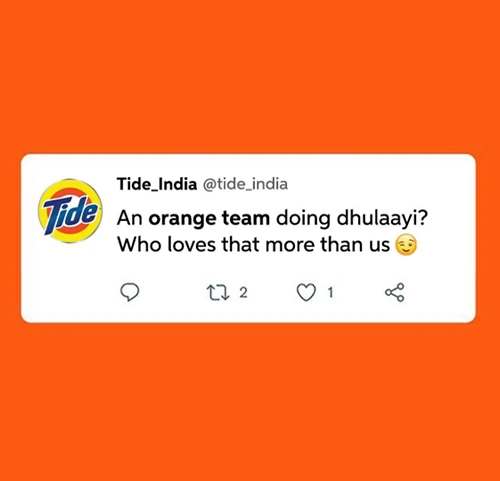
Image Source: Instagram
Here’s another angle: say you’re a food delivery app, and your internal data shows a spike in orders from Hyderabad every time SRH is playing. But your IPL data from Twitter shows fans mostly talking about spicy snacks during those games. That’s your content idea right there. Run a spicy food contest. Drop a poll: “Which snack matches Pat Cummins’ bowling speed?” It’s simple stuff, but only if you’re tuned in.
Even PhonePe and Cred have done this well. Not by flooding feeds with slogans, but by knowing exactly when to speak and what tone to use. One funny line during a timeout can do more than a million-dollar campaign if it makes fans laugh and feel seen.
Bottom line? Personalization during IPL 2025 isn’t about using a fan’s name in an email. It’s about using their language, their moments, and their mood to talk like someone who’s watching the match with them.
That’s how you build real fan engagement. Not by interrupting the match, but by becoming part of it.
The Role of IPL Data in Shaping Smarter, Faster Marketing Decisions
Real-Time Action Calls for Real-Time Decisions
It’s not enough to watch the match, you have to watch the fans watching the match. While CSK gears up to bat against LSG, marketing teams aren’t just sipping coffee in the background. They’re tracking dashboards full of IPL data in real time. These aren’t your average charts; they’re pulsing with live fan sentiment, comment trends, and brand mentions that change ball by ball.
When a Player Trends, Brands Need to Respond Fast
Picture this: Ruturaj Gaikwad hits consecutive sixes in the third over. Within seconds, “#RutuMania” starts trending on Twitter. That’s not just a fan moment, it’s a marketing moment. CSK’s digital team, ready with highlight clips, drops a celebratory post tied to the player. It’s not random. It’s calculated and perfectly timed using social media monitoring tools.
This immediate reaction? That’s what keeps fan engagement high and content feeling fresh, not forced.
Data That Doesn’t Sleep: Making Mid-Match Campaign Pivots
At the same time, a sponsor sees trouble brewing. Their newly launched ad just aired, and within minutes, the sentiment needle is dipping. Social media comments call it dull, repetitive. Instead of waiting until the next day’s performance report, they make a call: pull the second airing, swap in a backup creative. That adjustment, mid-match, saves face and budget.
Thanks to sentiment analysis, this isn’t guesswork. It’s data-backed agility.
Social Signals That Shape Merch and Messaging
Elsewhere, an athleisure brand watches Shubman Gill light up the innings. Fans love his look. Comments flood in about the jersey he’s wearing. One tweet jokingly says they’d buy ten if it drops soon. Ten minutes later, the brand’s team quotes it with a pre-launch signup link. Demand surges.
Without social media comment tracking, that moment would have been missed. With it, it becomes a mini-campaign born from fan sentiment.
From Post-Match Reports to In-Moment Strategy
This is the real power of IPL data: it turns marketing into a live sport of its own. Teams don’t wait for post-match reviews. They’re adjusting creatives, amplifying key players, reacting to backlash, and riding on positive waves all as the game unfolds.
In the world of sports fan engagement, speed equals relevance. The quicker you respond, the more meaningful your brand becomes in the conversation.
From Noise to Strategy: Why Fan Engagement Starts With Listening
IPL 2025 is more than a cricket tournament; it’s one of the loudest, fastest-moving social conversations in the world. Every match is a story, told not just on the field but in tweets, reels, memes, and comment threads. For marketing teams, media strategists, and analysts, it’s not just a spectacle. It’s an opportunity.
The brands and franchises that win this season won’t be the ones shouting the loudest. They’ll be the ones listening the smartest.
Real-time social media monitoring, sentiment analysis, and comment tracking give you the power to understand fans on a granular level, what they love, what they hate, what makes them laugh, and what makes them scroll. Whether you’re trying to measure the impact of a campaign, spot emerging fan favorites, or respond to a moment before it fades, IPL data helps you move faster and connect deeper.
And here’s the bottom line: the future of sports fan engagement isn’t about just being seen. It’s about being part of the conversation in real time. When fans feel heard, they don’t just follow. They engage. They buy. They stay loyal.
So if you’re still planning your IPL strategy based on post-match reports or gut feeling, it’s time to rethink that game plan. Because the real match, the one that drives brand affinity, campaign performance, and long-term fan loyalty, is happening in the comments. And the best teams? They’re already listening.
Start tracking what your audience is really saying with PromptCloud. Schedule a quick demo today!










